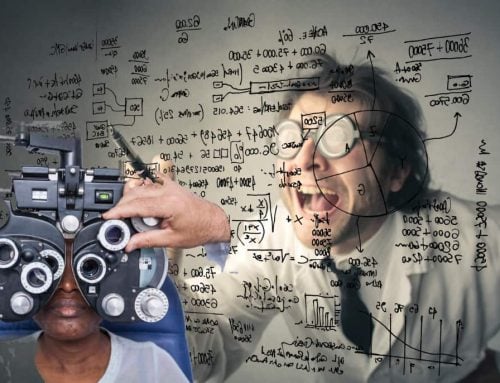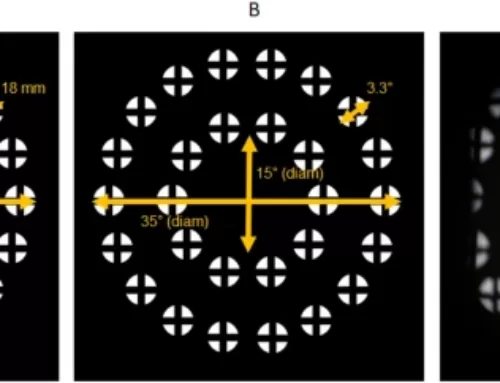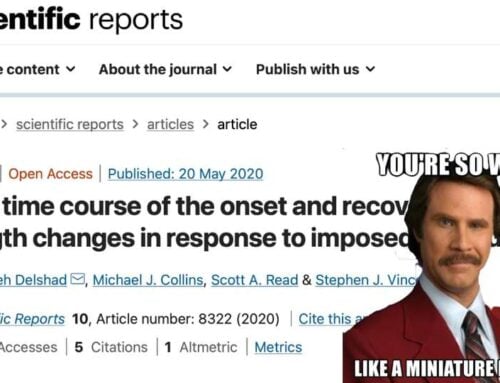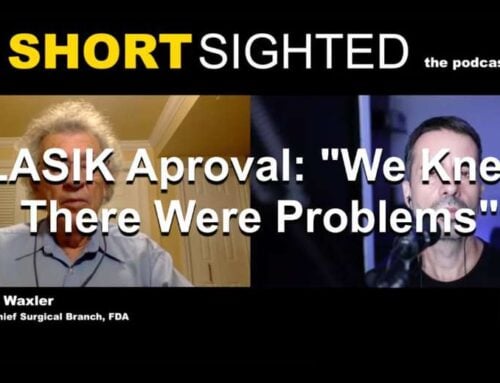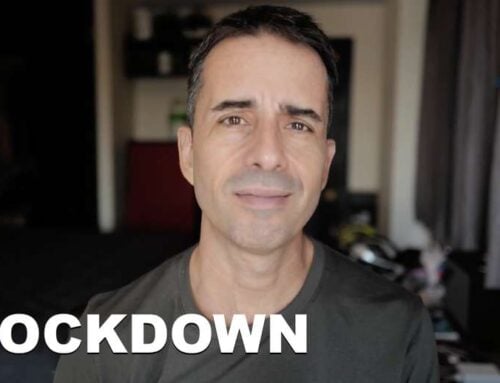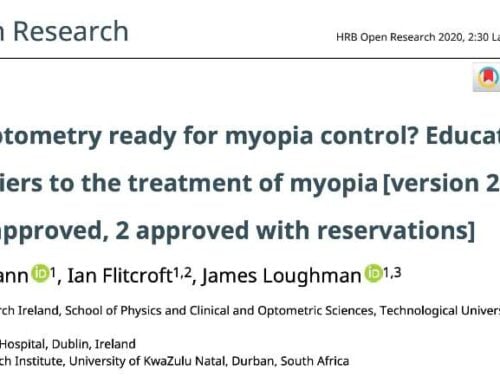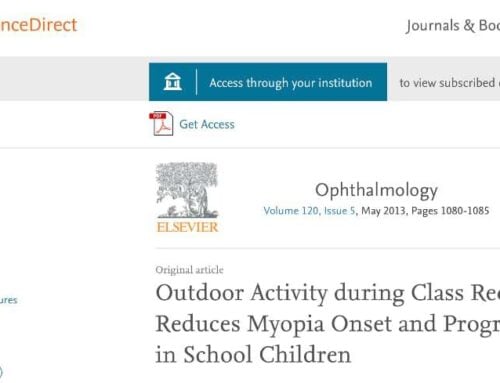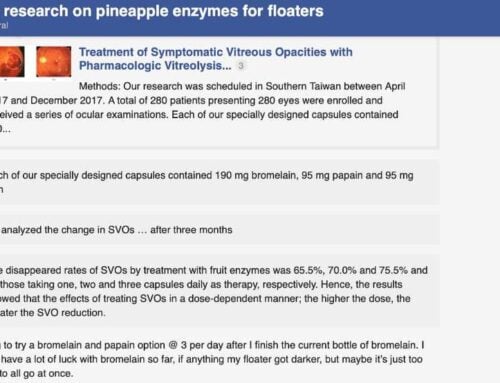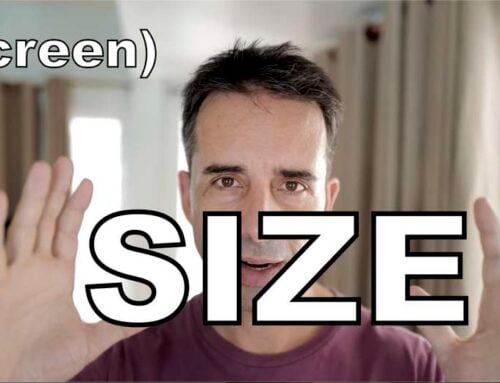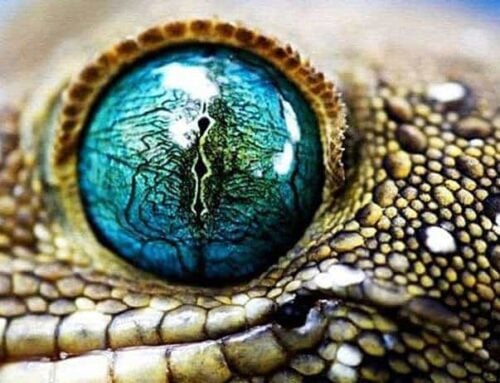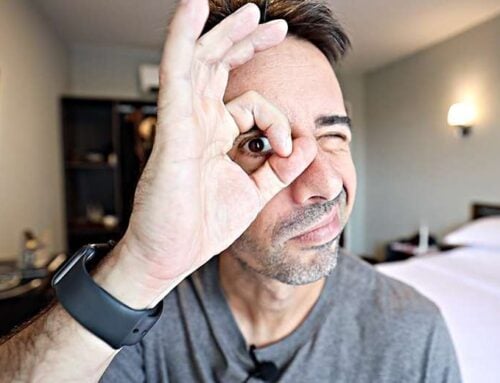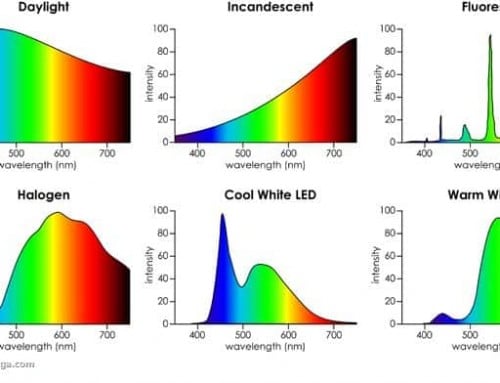The largest study of childhood eye diseases ever undertaken in the U.S. confirms that the incidence of childhood myopia among American children has more than doubled over the last 50 years. The findings echo a troubling trend among adults and children in Asia, where 90 percent or more of the population have been diagnosed with myopia, up from 10 to 20 percent 60 years ago.
The Multi-Ethnic Pediatric Eye Disease Study (MEPEDS), conducted by researchers and clinicians from the USC Eye Institute at Keck Medicine at USC in collaboration with the National Institutes of Health (NIH), adds to a growing body of research into the incidence and potential causes of myopia, or near-sightedness, in children and adults.
The possible culprit? Too much “screen time” and not enough sunlight, according to Rohit Varma, MD, MPH and director of the USC Eye Institute.
“While research shows there is a genetic component, the rapid proliferation of myopia in the matter of a few decades among Asians suggests that close-up work and use of mobile devices and screens on a daily basis, combined with a lack of proper lighting or sunlight, may be the real culprit behind these dramatic increases,” said Varma. “More research is needed to uncover how these environmental or behavioral factors may affect the development or progression of eye disease.”
More research is ….. ohhh, f#@$ it.
British children are twice as likely to be short-sighted than they were fifty years ago. In fact, nearly a fifth of teenagers in the UK today need glasses for short sight. Scientists at Ulster University tracked more than 1,000 children over six years, and compared it to results from similar studies in the 1960s.They found that the number of children with myopia – the medical term for short sight – has rocketed in the last five decades. Experts suspect that a lack of natural daylight may be to blame, with children today more likely to be indoors staring at a computer screen than playing in the park. Spending just an extra hour a day in the sunshine each day should improve a children’s sight, eye experts say. Ulster University’s Professor Kathryn Saunders, lead author of the study, said: “These results give us a clear picture of how children’s eyes are developing.”
You know, we have a success rate of well over 90% here, at @endmyopia? If you take ~1 diopter per year improvement (not even just stopping myopia progression, but actually reversing it), we’re all bullseye here. Science, studies, first hand experiences, we’re just over here, in our own little corner, this whole myopia thing all figured out.
Don’t mind us, super advanced humans, who know how the human eye actual works.
Somebody needs to drag a Jake out in front of the mainstream media, to start playing poster child to a new, natural, healthy way to look at eyesight and this entirely avoidable worldwide tragedy of myopia.
Housekeeping: All day travel day. Slow about catching up on e-mails at the moment. Instituting a new policy that all case specific questions need to either a) go to the support forum or b) on Facebook (that part, experimental for now). I really can’t answer what amounts to sometimes hundreds of e-mails asking for really case specific help. Loving the enthusiasm, but the fingers can’t quite keep up.
Cheers,
-Jake


